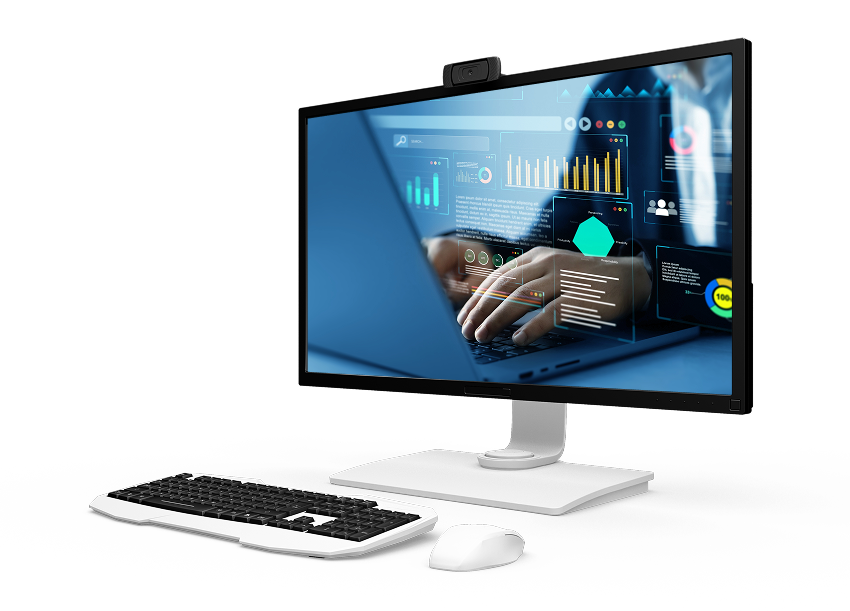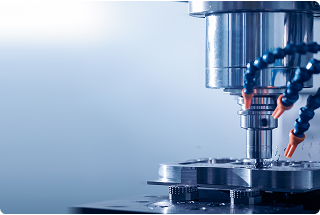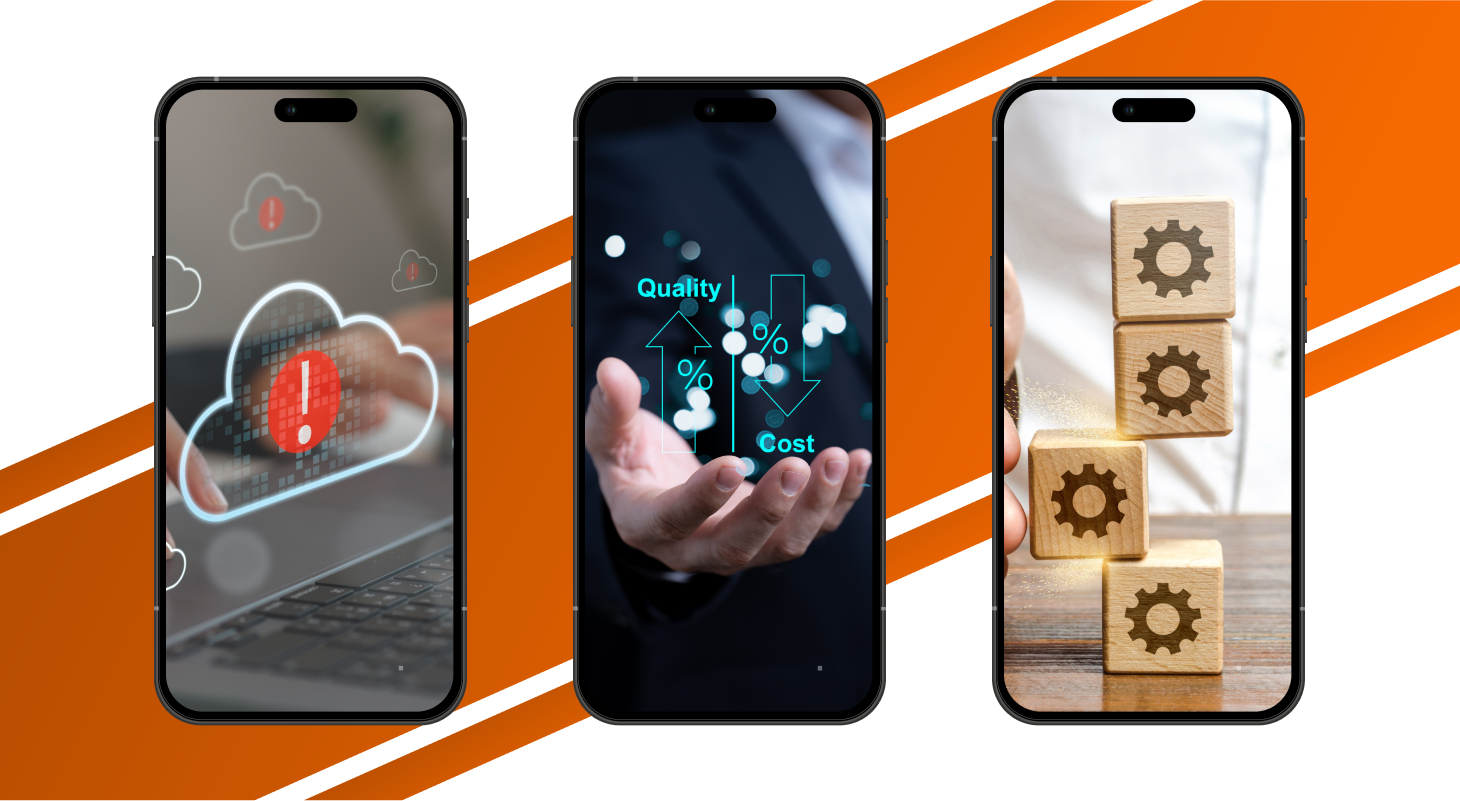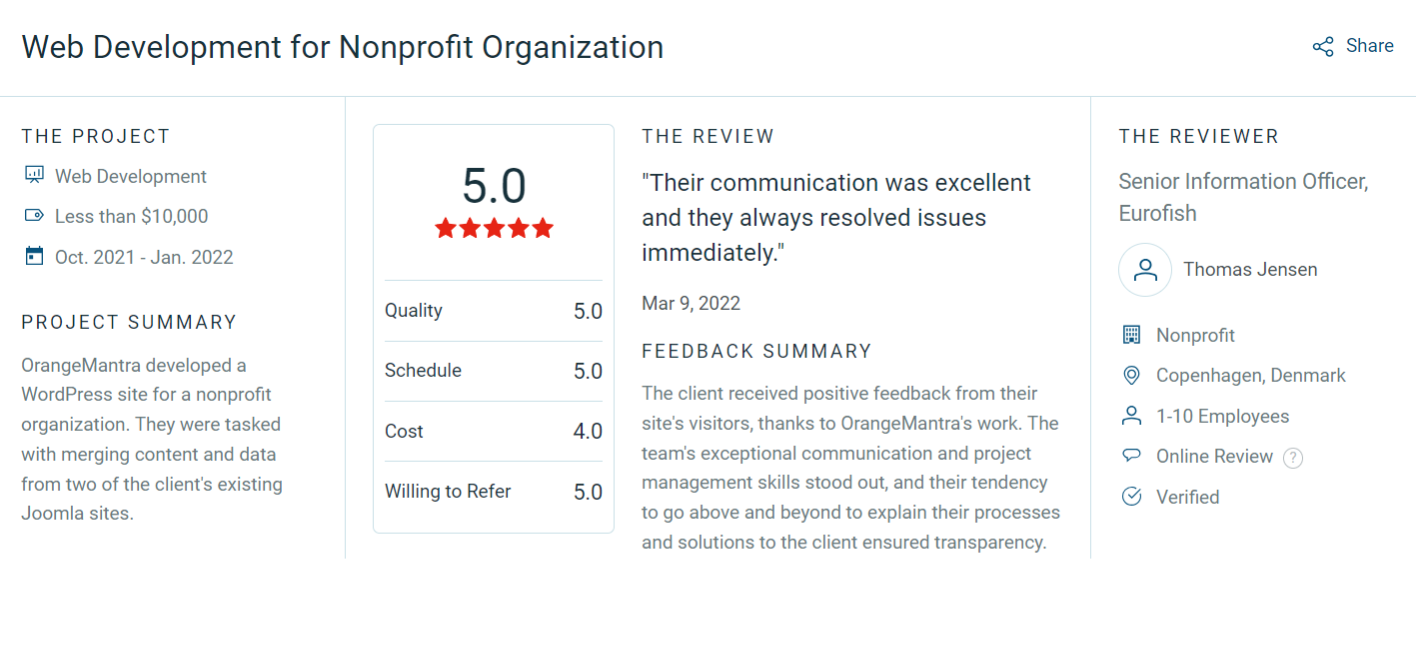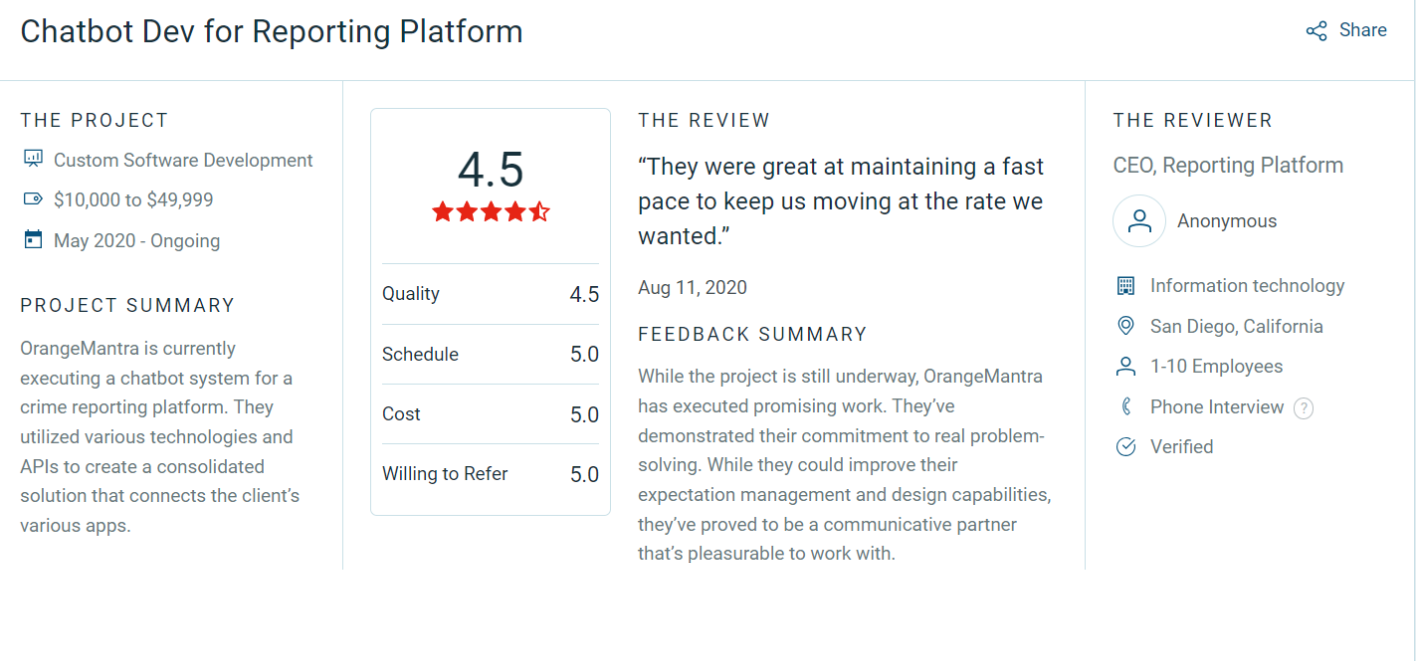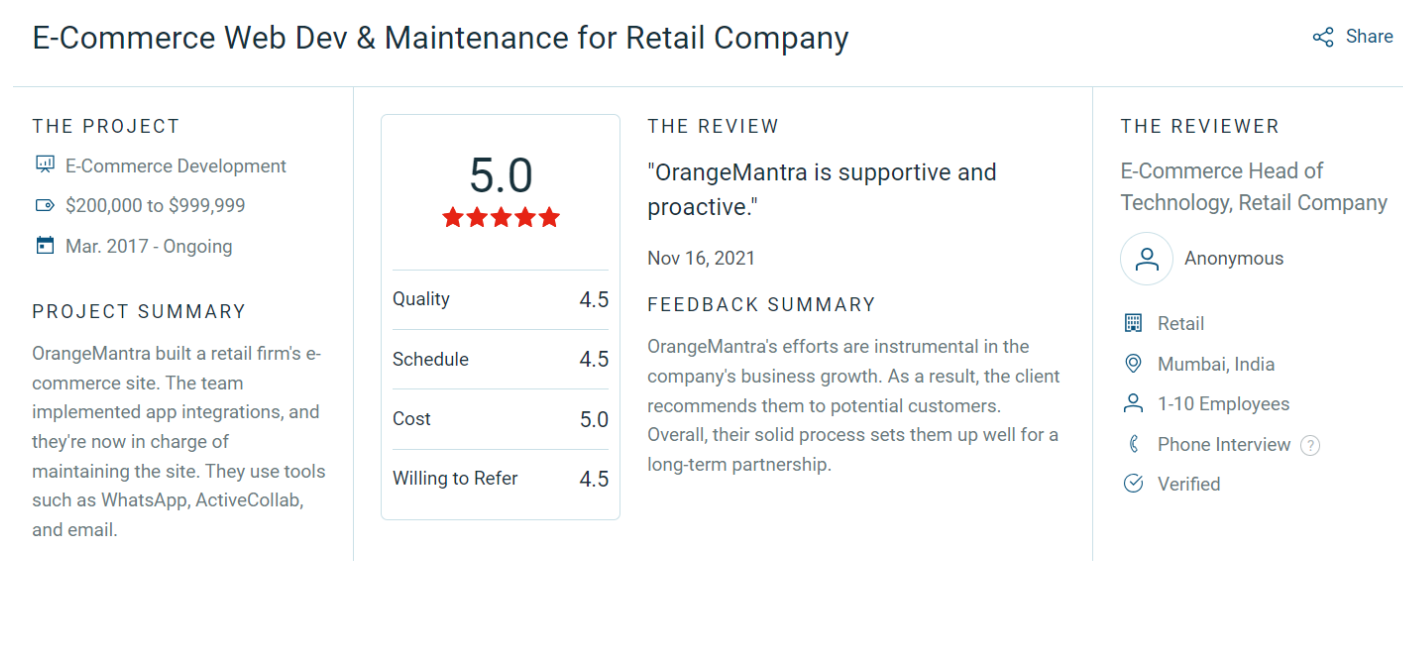The Problem – Manual Processes Slowed Down Speed and Accuracy
As you know, the major problem of the client was that their existing quality control process relied heavily on human inspectors. It created difficulty as they could not catch the micro-defects that included surface scratches, component misalignments, and hairline cracks. All this had led to product recalls and elevated rework costs. At the same time, robotic arms operated on pre-defined paths without visual input. All these factors had caused frequent placements errors, especially with the non-uniform part. Thus, causing costly production delays and manual adjustments.

